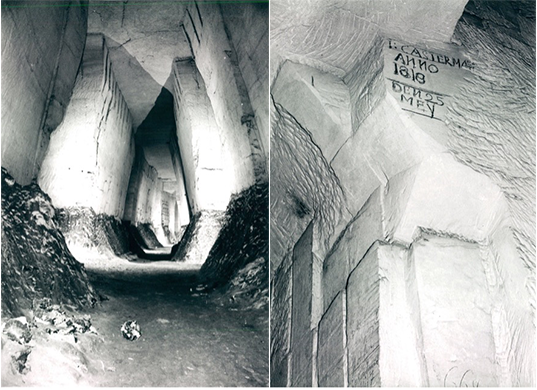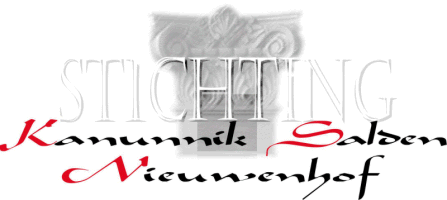De adem van de berg - ENCI

Zaterdag 13 september
Saturday, September 13th
Zondag 14 september
Sunday, September 14th
De Maastrichter kroegbaas Jan Spee was als amateurfotograaf geïnteresseerd in de eeuwenlange geschiedenis van de Sint-Pietersberg. Hij maakte zijn levenswerk van de inventarisatie van tekeningen en opschriften die nog overgebleven waren in de kilometerslange gangen in de mergelgroeven.
Eind 2013 droeg Jan Spee deze waardevolle collectie over aan het archief van het Historisch Centrum Limburg. Ontwerper Sven Gerhardt heeft op basis van al dit materiaal het boek Adem van de Berg samengesteld. Dit fotoboek is in 2025 uitgebracht. Sven Gerhardt houdt een lezing over zijn ontdekkingsreis door het levenswerk van Jan Spee.
In het oudste gangenstelsel van de Sint Pietersberg is in de loop van eeuwen een schat aan oude tekeningen en opschriften. Sinds de 13e eeuw werd er mergel uit de groeve gehaald. Hierdoor ontstond een doolhof onder de Sint-Pietersberg van zo’n 150 tot 200 kilometer aan gangen. Door de afgravingen door de ENCI is hier nog zo’n 60 kilometer van over. De Maastrichtse kroegeigenaar Jan Spee besloot om in de jaren zestig om zoveel mogelijk van wat er nog over was te fotograferen en te beschrijven. Hij verzamelde in al die jaren ruim 8.500 foto’s, plattegronden, boeken en verhalen.

Boottocht
Het terrein is ook per boot te bereiken. Rederij Stiphout heeft een pendeldienst naar Slavante en terug naar Maastricht voor € 9,- p.p.
Vertrekpunt Maaspromenade tussen 11.00 en 16.00 uur, elk uur
Vertrekpunt Slavante
tussen 11.20 en 16.20 uur, elk uur
Klik op onderstaande knop om tickets te bestellen.
























